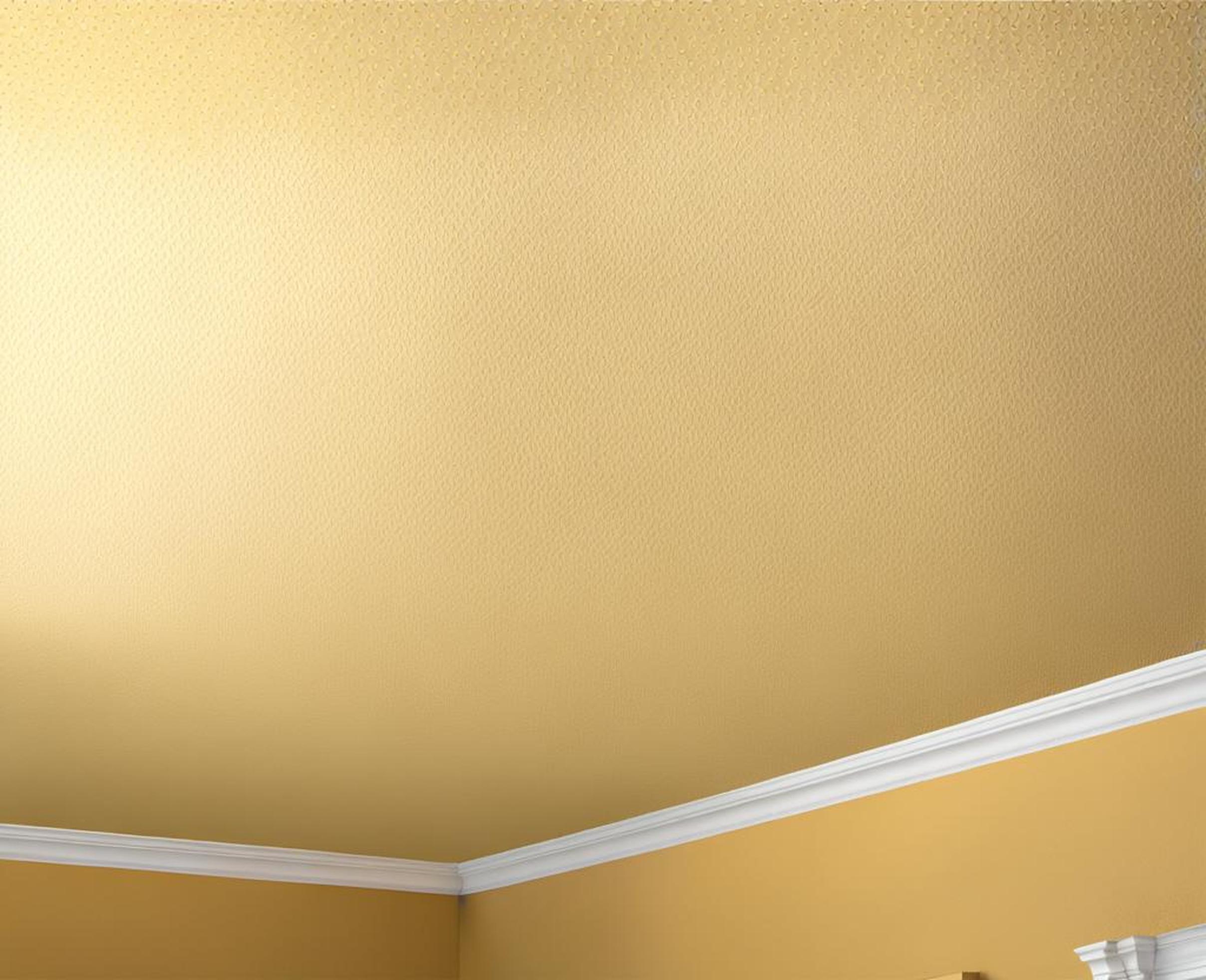Popcorn ceilings, sometimes called acoustic ceilings, have remained popular in homes for decades due to their visual appeal and sound dampening qualities. While traditional heavy popcorn texture was common in the 60s and 70s, over time new varieties have emerged with different design elements and application methods.
If you’re curious about the range of popcorn ceiling options for your home, this guide will walk you through the most popular styles and textures on the market.
What is Popcorn Ceiling Texture?
Popcorn ceiling texture refers to a spray-on or hand-applied coating that creates a bumpy, irregular surface on drywall or plaster ceilings. It gets its name from the soft, rounded, popcorn-like shape and appearance of the texture.
Traditionally made from a plaster mix containing vermiculite or perlite, modern popcorn ceilings can also utilize materials like polyurethane foam, cellulose, and latex-based products. When applied to ceilings, these materials expand and bubble to produce the classic popcorn look.
Benefits of Popcorn Ceiling
- Helps absorb echo, reverb, and excess noise in a room
- Visually hides imperfections in the drywall or plaster underneath
- Provides an interesting, decorative accent to a ceiling
- Comes in a variety of texture styles and designs
Types of Popcorn Ceiling Textures
Classic Popcorn
Classic popcorn is the most common ceiling texture found in homes built before the 1980s. It typically contains vermiculite or perlite mixed with other materials like limestone, clay and fibers. The mixture is spray-applied to produce an irregular surface ranging from subtle to quite bumpy or extreme.
Heavily textured classic popcorn was especially trendy in the 1960s/70s but fell out of favor due to fragility, asbestos concerns in some products, and modern design preferences favoring smooth ceilings.

Fine Popcorn
For homeowners who still enjoy the look of textured ceilings but want something more understated, many companies offer fine or light popcorn textures.
These modern popcorn ceiling variants utilize alternative materials like cellulose or polyurethane foam to create a substantially thinner, smoother surface texture with smaller, tighter bubbles.
The result is a ceiling with light visual interest but fewer drawbacks related to flaking and debris accumulation over time.
Swirl/Stomp Popcorn
Stomp or swirl popcorn ceiling is an artistic, hand-styled spin on the classic spray-on popcorn texture. After spray application, the ceiling is given additional texture by swirling the bubbles using trowels, stomping areas with boots wrapped in plastic, or employing other unique tools and techniques.
When done well, this type of popcorn ceiling captures an elegant, plaster-like finish with extra depth and character. It takes more time and skill but can create a custom, high-end look.
Popcorn Ceiling Paint Finishes
Modern latex-based popcorn ceiling textures offer the flexibility to incorporate paints and glazes straight onto the texture.
By layering translucent glazes over the base coat, contractors can introduce subtle hints of color, faux finishing techniques, or metallic/pearlized sheens. This takes popcorn ceilings beyond basic white into bolder, more artistic directions.
| Popcorn Ceiling Type | Description | Texture Depth |
|---|---|---|
| Classic Popcorn | Rough, irregular texture from 1960s/1970s | Deep and Extreme |
| Fine Popcorn | Smaller, tighter bubble pattern | Subtle to Medium |
| Swirl/Stomp | Stylized, hand-tooled texture | Deep, Customized |
| Painted Popcorn | Tinted, glazed or metallic | Varies |
Things to Consider With Popcorn Ceilings
While popcorn ceilings offer appealing visuals, sound absorption, and a means of covering up existing ceiling flaws, they also come with some downsides to weigh.
Popcorn Ceiling Pros
- Interesting visual texture
- Can reduce echo and absorb noises
- Hides minor ceiling cracks/imperfections
- Styling options with paints/glazes
Popcorn Ceiling Cons
- Can accumulate dirt, dust and bugs over time
- Prone to moisture damage and leaks showing through
- Pre-1980s textures may contain hazardous asbestos
- Difficult for homeowners to repair or remove
Installing or Removing Popcorn Ceiling
Seeking contractors experienced specifically with popcorn ceiling application is advised, as the process utilizes specialized spray equipment and techniques. Creating visually appealing swirls or stomp textures requires extra skill and artistry as well.
Likewise, popcorn ceiling removal can be an intensive, messy endeavor. Potential asbestos exposure, special containment and disposal procedures, and the risk of damaging drywall underneath, means this project is also best left to the professionals.
When finding contractors, be sure to ask for examples of past textured ceiling work, what materials and tools they use, and if their teams have had hazardous materials training.
Cost to Install or Remove Popcorn Ceiling
On average, expect to invest $2-6 per square foot for new spray-on popcorn ceiling installation. Factors like your area, the contractor’s experience level, ceiling accessibility, and chosen texture style can all impact pricing.
As for removal, costs typically range from $3-9 per square foot depending on ceiling height, necessary repairs, dumpster rental fees, and if asbestos abatement is required.
Seeking a trendy way to add interest and sound absorption to your ceilings? With so many popcorn texture styles and designs to pick from, it’s easier than ever to achieve this unique, retro-inspired look.
Just be sure to consult experienced contractors on the project, watch for warning signs of asbestos, and properly maintain the texture once installed. Address leaks immediately and have thick popcorn builds assessed occasionally to prevent cracks or crashes.
